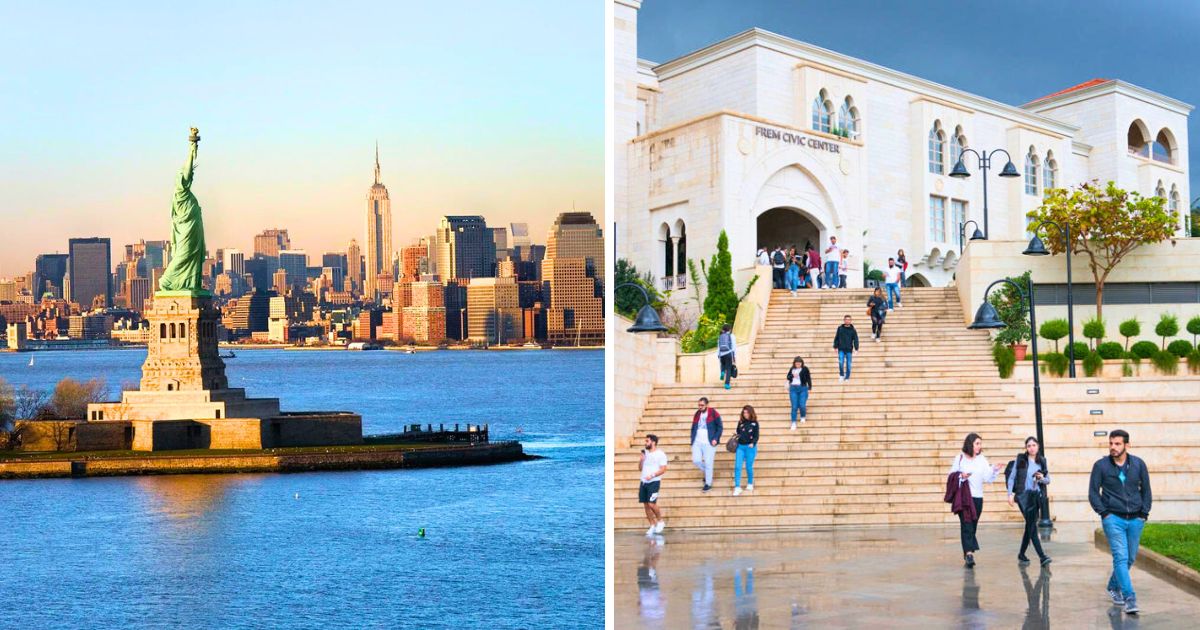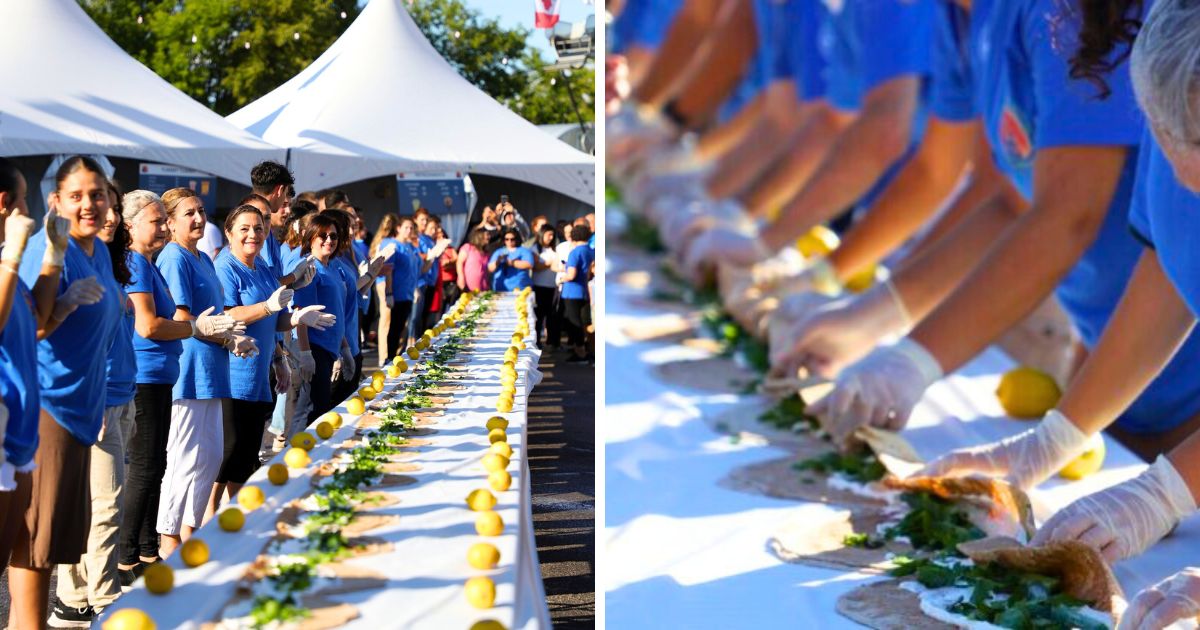Awarded the Entrepreneur of the Year 2019 by Ernest & Young, Charles Khabouth has built a lifestyle-entertainment empire through his 35 years in business, including over 15 restaurants. He went up against big players in the entertainment industry as of 1983 with his projects encompassing restaurants, nightlife and daylife properties, hotels, and festivals, expanding from Toronto to Montreal, Dubai, and Miami.
According to Forbes, “For all of his efforts, he was recently awarded his latest achievement: Ernst & Young’s Entrepreneur of the Year Award in the Entertainment and Hospitality category.”
Charles Khabouth was born Bechara Khabouth in Beirut during the early 1960s. His father Antoine Khabouth was himself a prominent figure in the hospitality industry. By 1970, after spending years managing a restaurant, his father raised enough funds to open his own night club called “Les Trois Tonneaux” that, unfortunately. went bankrupt after only six months.
After his father died from a heart attack at the mere age of 42 years old, Khabouth’s mother Margaret remarried to William Nader, a successful Beirut accountant, and a close family friend. In 1975, the outbreak of the Lebanese Civil War made living conditions in Beirut difficult for the family who decided to flee the country.
In 1976, a teenager by then, Khabouth was taken out of Lebanon, along with his two siblings, by his stepfather and mother. They smuggled through Athens into Toronto, Canada, where they joined some family members who had already settled there.
In Canada, Khabouth enrolled at Overlea Secondary School in East York within Metropolitan Toronto. His penchant for working grueling hours soon emerged as he held three part-time jobs at one point during high school.
His first job was at a McDonald’s while the other two were cleaning carpets and stocking shelves at an IGA supermarket.
After graduation, Khabouth took a job at a computer company, but he wanted a work that “involved dealing with people.” Following a few nights out in Toronto, he began growing fond of the nightclub scene, quickly deciding that this would be his next business venture.
In 1984, aged 24 by then, Khabouth bought a defunct club called The Manatee at 11A St. Joseph Street in the Yonge & Wellesley area. After renovations, he opened it under the name Club Z.
The entire project was financed with approximately 30,000 Canadian dollars that Khabouth secured through some personal savings, a bank loan, and money he borrowed from his stepfather.
After reportedly doing most of the work on the club himself, he looked to build regular crowds by catering to various social strata and musical tastes and orientations.
The club didn’t really take off until an infamous Halloween weekend incident when a (real) tiger, displayed in the enclosure of the front window to attract clientele, broke the window after club hours at night.
The prompt arrival of police with rifles at the scene, along with the local media and the Toronto Humane Society brought the club under the spotlight of the city and beyond.
The coverage received in the printed press and on television brought increased popularity to Club Z, eventually ensuring profitability for the venue that had been on the verge of financial collapse several times up to that point.
By 1986, Khabouth was securing a more-or-less steady income from Club Z that, for the most part, attracted a young and suburban crowd. At that stage, he wanted to expand his patron base by tapping into the more mature and moneyed urban set.
To that end, he launched Stilife in October 1987 at the corner of Richmond West & Duncan in the almost deserted former Garment District of Toronto. With its aura of exclusivity, the club managed to strike the right chord with the Bay Street and Rosedale crowd, becoming a big moneymaker for Khabouth.
By the time he decided to sell Stilife due to space constraints, 34-year-old Khabouth had already become well established as Toronto’s King of Clubs. His next move was to take over the huge RPM venue by Lake Ontario outside of the downtown core, which also included the adjoining club called the Warehouse.
Immediately after his Stilife nightclub made a splash in the late 1980s, Khabouth began opening high-end restaurants in Toronto, seeking to transfer some of the upscale vibes from Stilife into the dining setting.
Despite significant investment and high profile launches, his aim wouldn’t start materializing until he partnered with Hanif Harji, yielding nine active restaurants as of late 2015, and Khabouth’s dining venues, such as Patria and Byblos, getting very enthusiastic reviews for their food.
Khabouth currently manages his properties through INK Entertainment, a company he founded while opening nightclubs in the mid-1980s; his first ventures in the hospitality business, including The Guvernment, a large 60,000-square foot nightclub complex.
He launched it in 1996 and molded it into a famous spot that successfully channeled the energy of the local rave scene during the mid to late 1990s. It later continued as the focal point of Toronto’s electronic dance music scene.
By early 2010s, Khabouth decided to enter the hotel industry by announcing the construction of Bisha Hotel & Residence, a 100-room boutique hotel on Blue Jays Way in downtown Toronto’s Entertainment District.
Since 2013, Khabouth has been continually placed on the annual list of Toronto Life’s ’50 Most Influential People in Toronto.’ In addition to the Entrepreneur of the Year Award this year, Khabbouth was listed back in May among the Wold’s Top Ten Coolest Boutique Hotel Owners.























